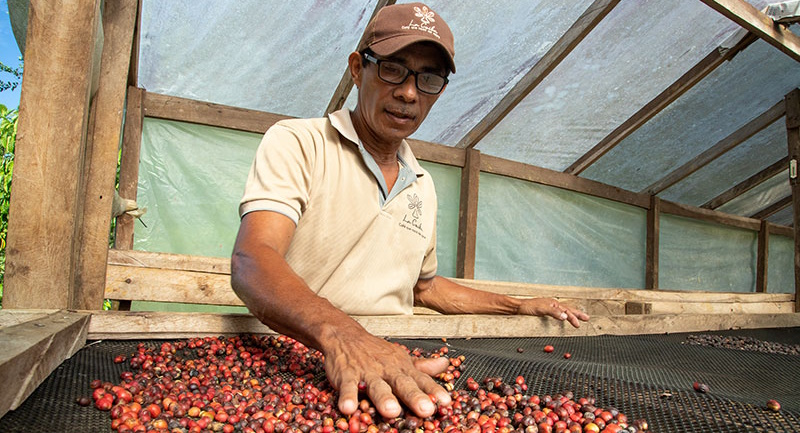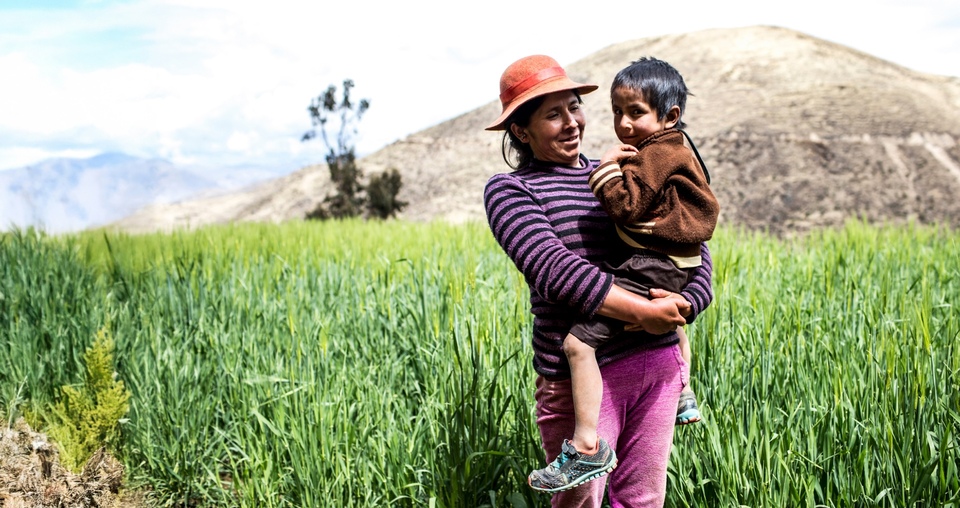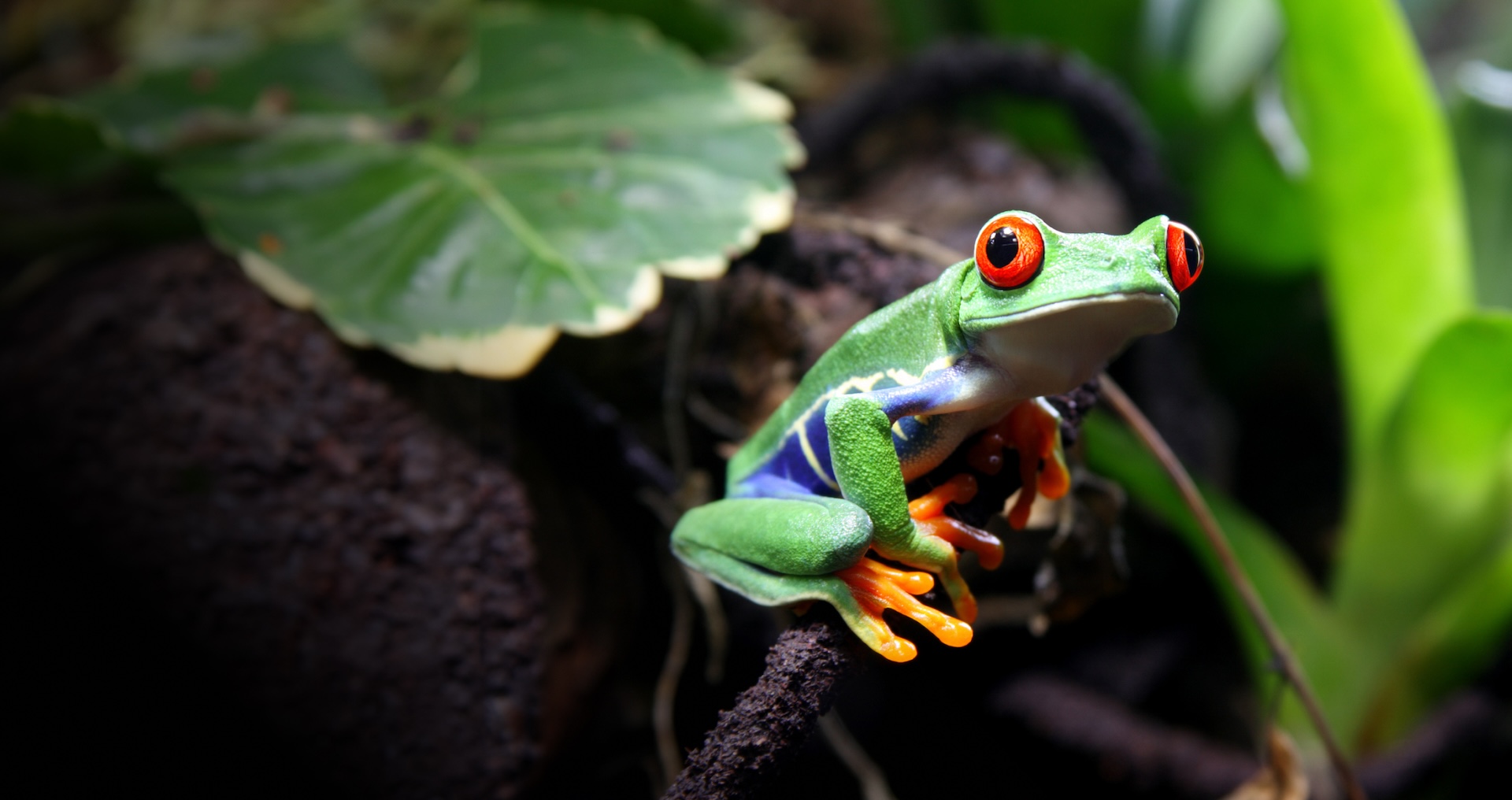

Biodiversity
We work hard to ensure that we protect not only the places where we work, but the animals and plants that live there too.
We manage, mitigate and minimize our impact
First Quantum has created a network of programs to limit and remediate environmental impact and to manage biodiversity at its sites around the world.
We recognize our activities have the potential to affect biodiversity throughout the life cycle of each project.
The Environmental and Social Impact Assessments under which we operate at each site lay out a series of measures to mitigate these impacts. We take these obligations seriously. In addition, where we believe we can achieve a net positive impact on habitats, we are committed to a number of ambitious conservation programs that go beyond our stipulated requirements.
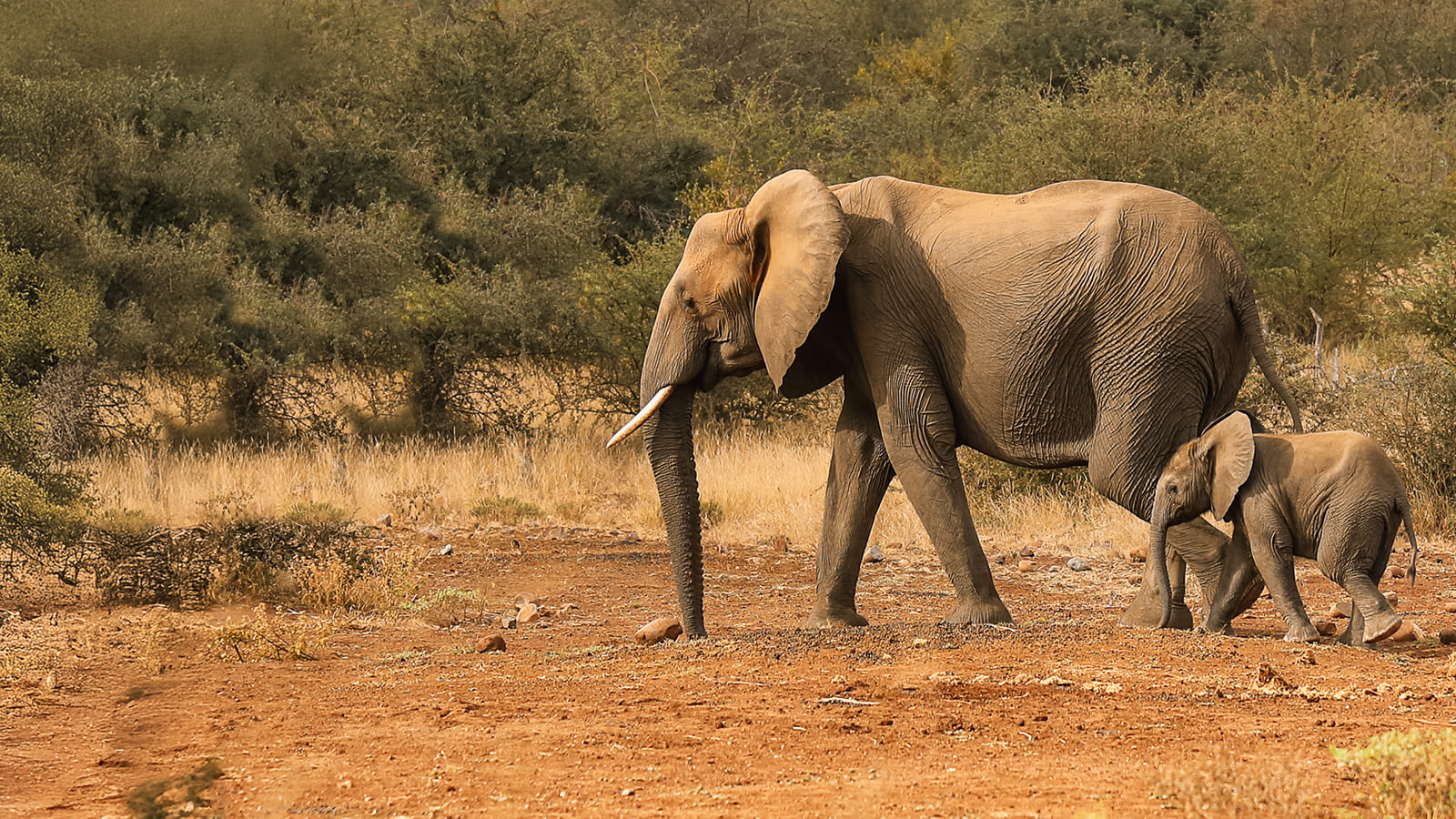
Rehabilitating West Lunga
For years we’ve been working with the national park authorities and local governments in Zambia to provide funding and support to rehabilitate the West Lunga National Park. During the time we’ve worked together, we’ve seen the return of a previously lost elephant population.
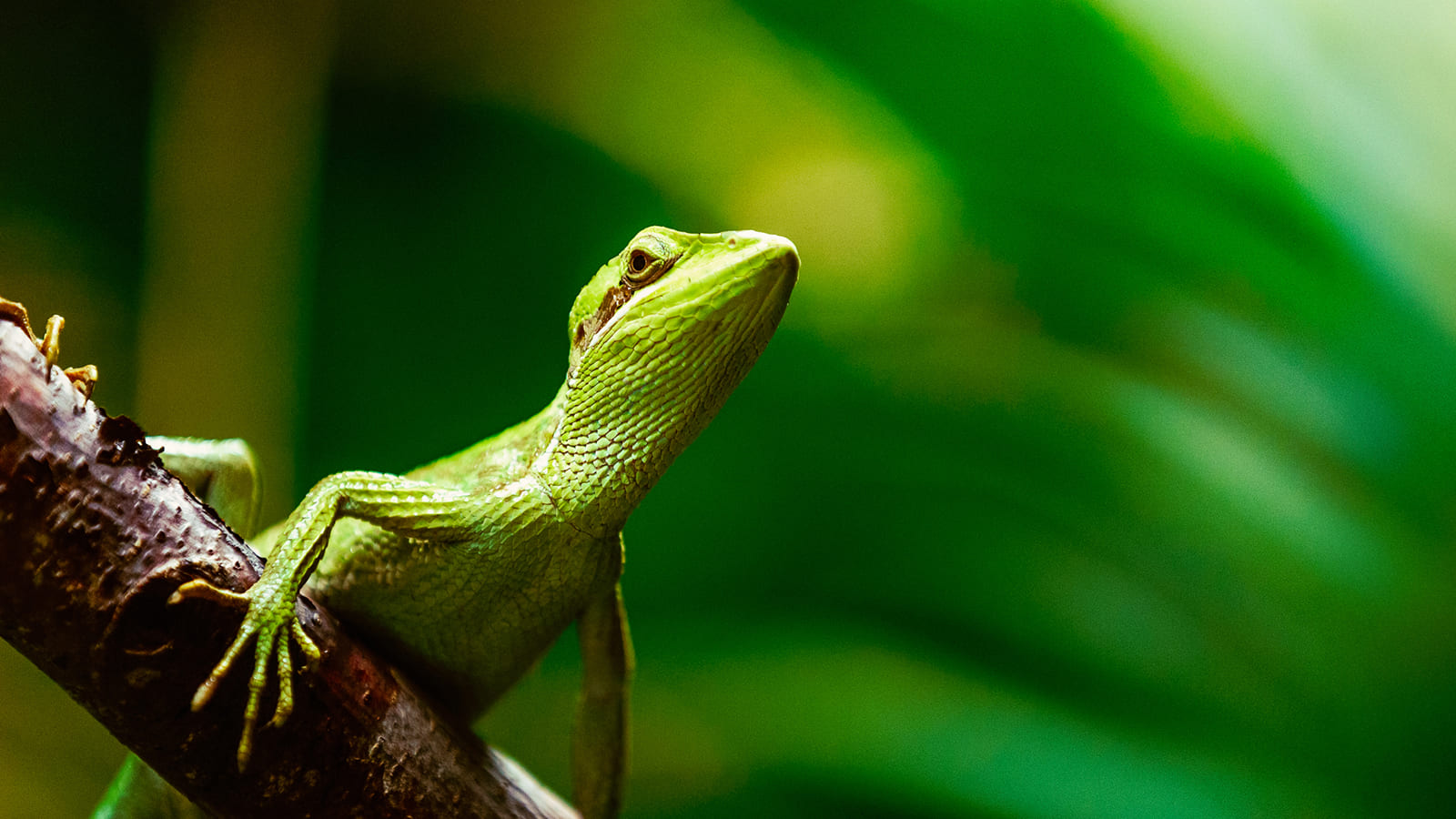
Biodiversity
in Panama
We work with local governments, leaders and communities to ensure that we’re doing as much as possible to look after the biodiversity that makes Panama such a beautiful place. Our work spans wildlife protection, reforestation and water protection.
“First Quantum have been supporting our work in West Lunga for many, many years. It’s been a pleasure to work with them to rehabilitate the national park.”
Dorian Tilbury
Conservation Officer
“Biodiversity conservation is a core focus of our environmental strategy. We invest in protecting and restoring habitats in the regions where we operate, working to conserve native species and support ecosystem resilience well beyond our mining footprint.”
Simon MacLean,
Group Manager, Risk Management, First Quantum
Biodiversity risk mitigation hierarchy
First Quantum takes a risk-based approach that is tailored at each of our sites and reflects the challenges specific to that location. We are committed to best practices with the objective of advancing environmental protection and managing risks and impacts.
Stage 1
Understanding
Study the ecosystems to develop base understanding of how they function, who the stakeholders are and what potential impacts might arise.
Stage 2
Avoidance
Seek to avoid biodiversity impacts, where possible.
Stage 3
Minimization
Through the application of best practices, we are committed to minimizing impacts from our operations where unavoidable.
Stage 4
Offsets
With proper design, offsets lower the risk to biodiversity values posed by the unavoidable impacts of a project by replacing those values elsewhere.
Stage 5
Rehabilitation
Undertakes progressive rehabilitation and restoration work as part of closure planning.
We care for the places where we work
As well as the great work that we do on biodiversity, we also manage and minimize our impact to water systems and climate change, as well as taking care to correctly treat and dispose of our waste.

Water
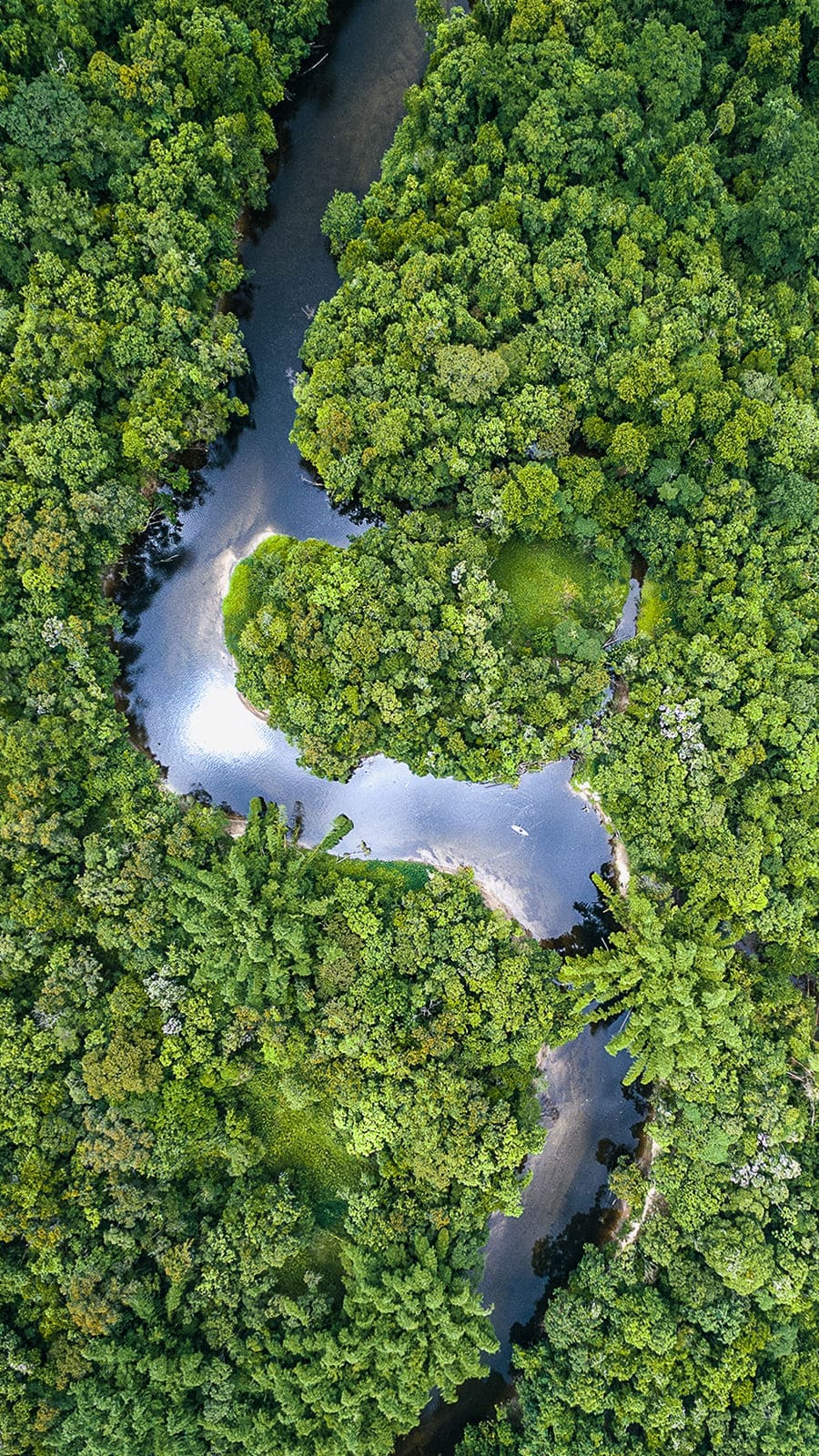
Climate change

Waste
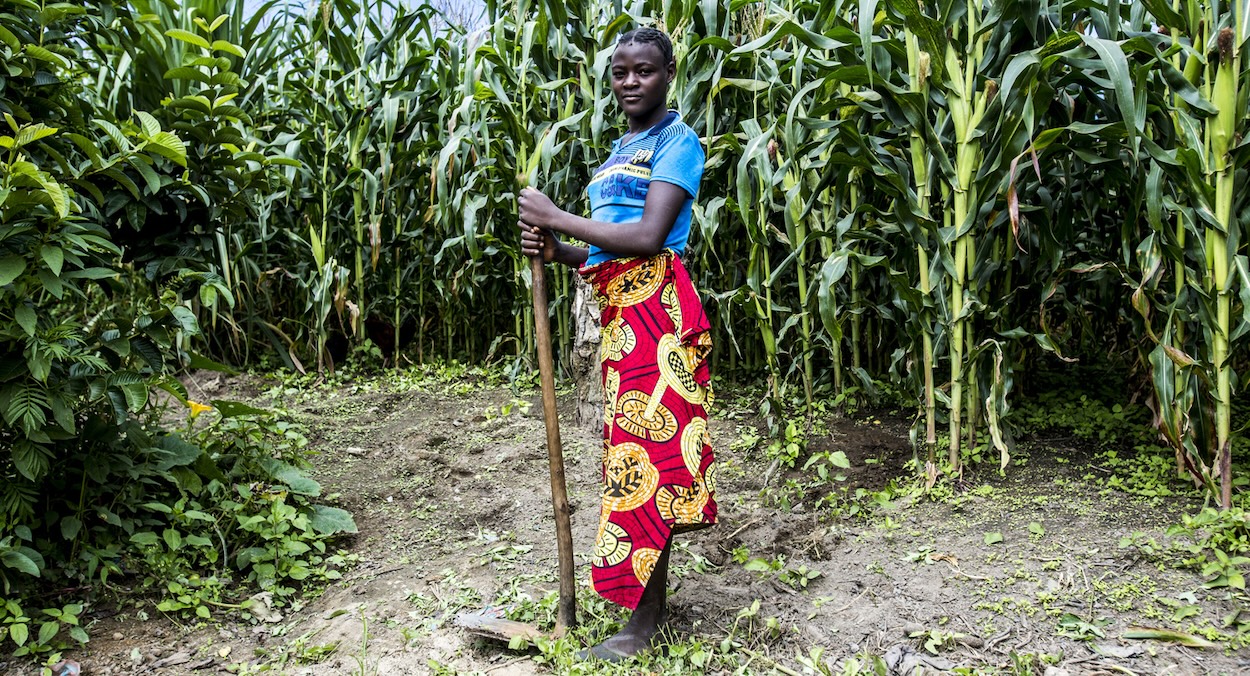
Conservation farming yields results
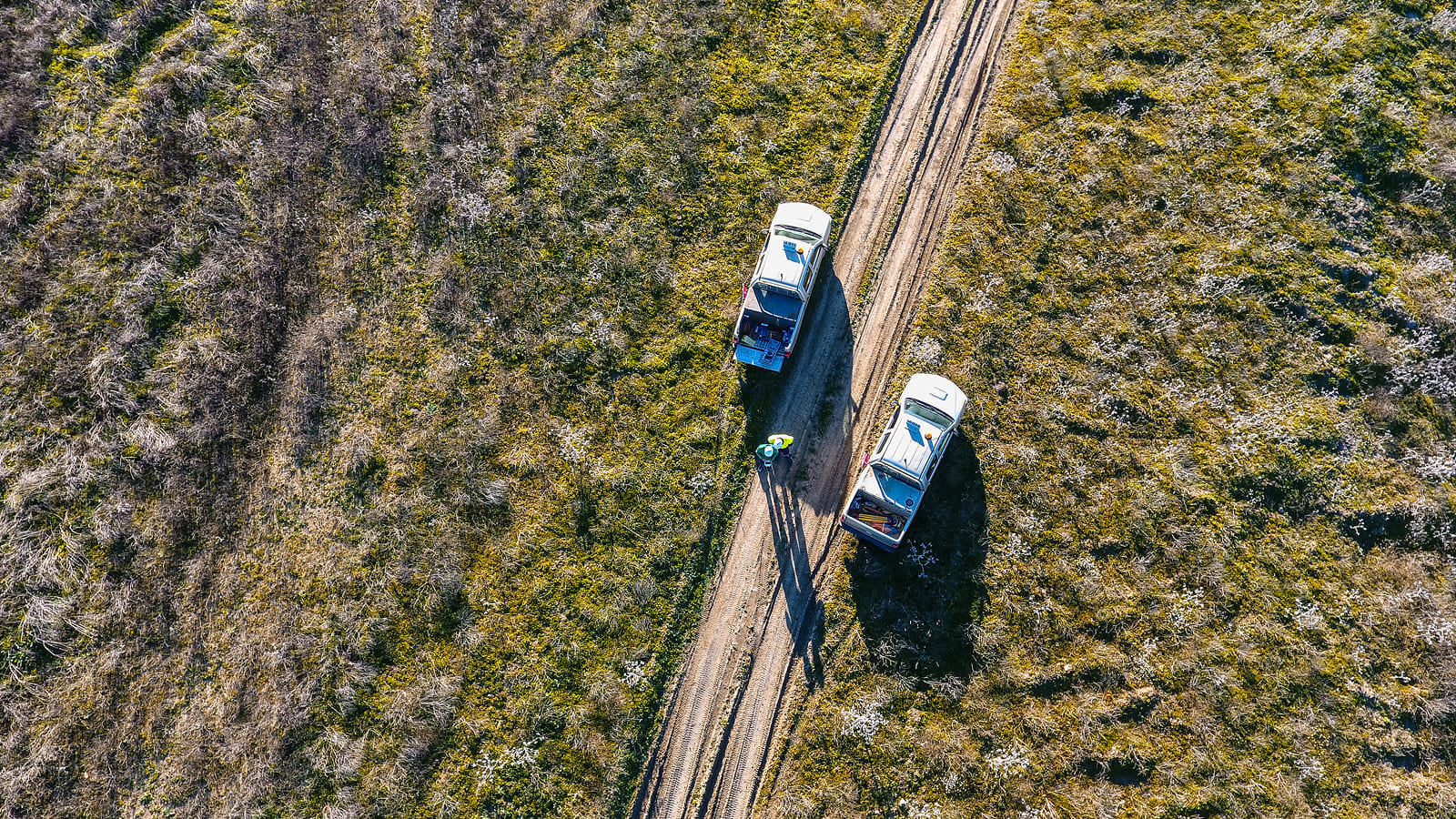
Responsible rehabilitation: Closing Cobre Las Cruces
We care for the people where we work
We work hard to improve the lives of the people in the communities where we work. Our efforts are focused on four key areas; health, infrastructure, livelihoods and education. We work with local leaders and governments to find the projects where our expertise and funding will have the biggest impact, so that we are providing the help that is needed.
Stay up to date
Sign up to receive updates with insights and stories from around First Quantum, our operations, our projects and our communities.
Sign up